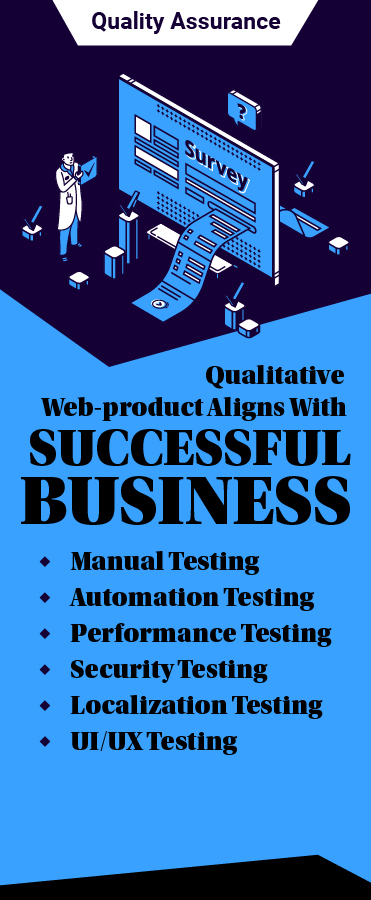With users expecting faster updates and seamless digital experiences, software teams are under pressure to release high-quality products fast.
With that acceleration comes an equally critical demand: uncompromising product quality.
QA testing plays a bigger role than ever in this race to ship quickly. It has to be fast, reliable, and scalable.
But here’s the catch—not every test can or should be automated.
That’s where most QA teams hit a decision point: when should we test manually, and when does it make sense to automate?
This isn’t just a tactical question; it’s a strategic one.
Get it wrong, and you risk everything from missed bugs and delayed releases to bloated QA pipelines and brittle test suites. Get it right, and QA becomes a true enabler of speed, scale, and confidence in delivery.
So, which is better—manual or automated testing?
The answer isn’t one-size-fits-all.
This blog post helps you evaluate both methods in real-world contexts—what each is best suited for, where they fall short, and how leading teams combine the two for better outcomes.
Let’s read in detail about it.
What is Manual Testing?
Manual testing refers to the process of executing test cases without the help of scripts or automation tools. It’s a purposeful, thoughtful practice that relies on human intuition, real-time adaptability, and domain knowledge.
When Manual Testing Works Best:
- UI/UX validation: Useful where human intuition is required to evaluate user experience.
- Exploratory testing: Ideal for discovering unexpected issues in unstable or new features.
- Ad-hoc and one-time tests: For quick validation of small changes or fixes.
- Post-release sanity checks: Particularly after emergency deployments.
Tools for Manual QA Testing:
| Tool | Purpose |
|---|---|
| TestRail | Test case management and documentation |
| JIRA | Bug tracking and issue management |
| qTest | Manual + automation test orchestration |
| PractiTest | Centralized test management with analytics |
What is Automated Testing?
Automated testing uses scripts and testing frameworks to validate software functionality, often integrated into CI/CD pipelines. It accelerates test cycles and reduces the margin for human error.
When Automated Testing Is Ideal:
- Regression testing: Ensures stable areas of code aren’t broken after updates.
- Performance and load testing: Validates system behavior under stress.
- Continuous integration environments: Enable frequent, repeatable testing.
- Data-driven test scenarios: Help validate logic across multiple inputs.
Popular Automation Tools:
| Tool | Purpose |
|---|---|
| Selenium | Browser-based functional test automation |
| Cypress | Fast, reliable front-end testing |
| TestComplete | End-to-end test automation for desktop, web, and mobile apps |
| Playwright | Modern automation tool for cross-browser testing |

Which to Use When?
- Startups vs Enterprises: Startups rely on manual testing for flexibility during rapid product changes. Enterprises prefer automation to handle scale, ensure consistency, and support frequent, large-scale releases.
- Short-Term MVPs vs Long-Term Products: Manual QA testing suits MVPs with a limited scope. Automation becomes valuable as features stabilize and testing demand grows.
- Agile Sprints vs Waterfall Models: In Agile, a mix works best—automate regression, test manually for new features. Waterfall allows upfront investment in automation.
- Security-Heavy Industries: Banking and healthcare industries benefit from automation for compliance and traceability, while manual testing helps uncover experience-level flaws.
Common Mistakes to Avoid
- Automating too early or too much: Trying to automate unstable features leads to script churn and wasted effort.
- Relying solely on manual regression: Manual regression doesn’t scale and delays feedback cycles.
- Ignoring test maintenance: Automated scripts need upkeep as much as code.
What Top QA Teams Do Differently
High-performing QA teams don’t just test—they engineer quality. Here’s how they strike the right balance:
- Automation handles the repeatable: regression, performance, and integration.
- Manual covers the intuitive: usability, exploratory, and rapid validations.
Balancing the Two:
- Automate stable, repetitive flows.
- Keep manual testing for features still evolving.
- Involve testers early to write reusable test cases for automation.
Final Thoughts: The Smarter Answer is Both
The debate between manual vs automated testing is outdated. The real challenge is building a QA strategy that scales with your product, supports rapid delivery, and protects user experience.
Manual testing brings critical thinking, creativity, and adaptability.
Automation delivers speed, precision, and scalability.
You need both. The key is knowing how to use them intentionally.












